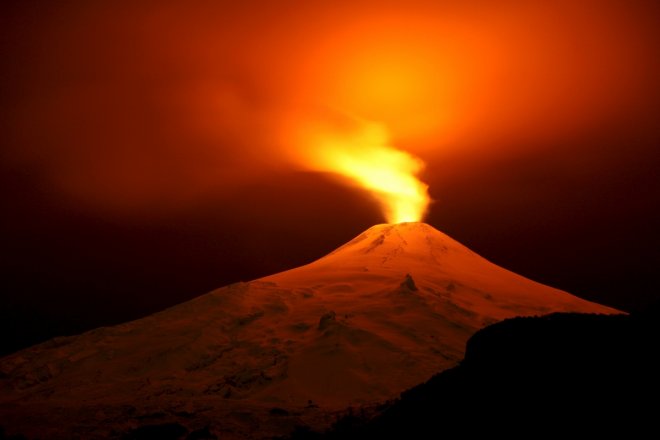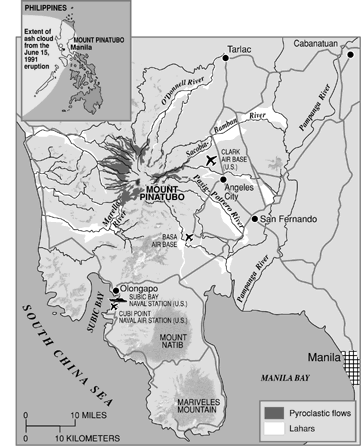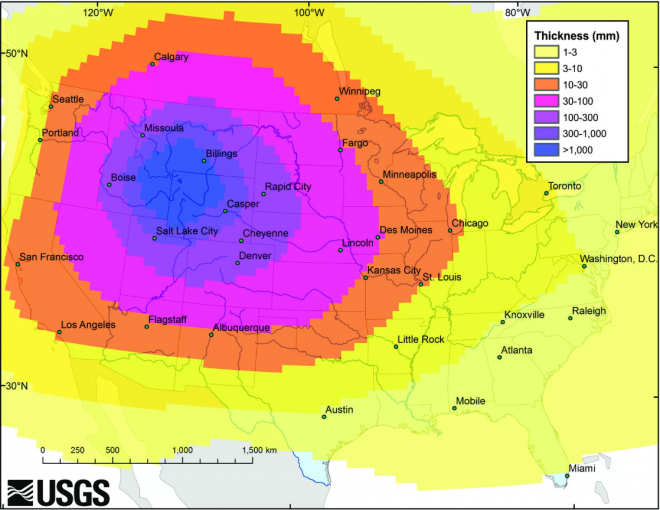
A massive eruption might take place in Yellowstone after 630,000 years. A team of scientists from Bristol University suggests that the deadly eruptions might occur every 17,000 years or so.
However, scientists now are uncertain regarding the intensity of the Yellowstone volcanic eruption and whether or not it can turn out to be a supervolcano.
"We don't know whether there's enough magma beneath the surface to have a super eruption," said Michael Poland, Scientist-in-Charge at the Yellowstone Volcano Observatory.
Fears surrounding the Yellowstone volcanic eruption, which most people are terming as a supervolcanic eruption, are constantly accelerating, for the place holds a record of a massive volcanic eruption with VEI 8.
What happened in Yellowstone 640K years ago?
The entire Yellowstone National Park sits on an active volcano. Three eruptions of magnitude 8 devastated the area 2.1 million years ago, again 1.2 million and 640,000 years ago. The U.S.Geological Survey states that the eruptions were so massive that they filled the Grand Canyon with ash and lava. Scientists further suggest that the magma that is stored beneath the Yellowstone Park, when released can fill the Grand Canyon 11 times over. The last supervolcanic eruption created the park's crater that stretches by 72 kilometers.
Can the Yellowstone volcanic eruption be similar to Mount Pinatubo eruption?

Speaking of supervolcanoes, the Mount Pinatubo eruption in the Philippines had a VEI 7.8 and happens to be the most catastrophic one till date. It is the largest volcanic explosion recorded by humans ever. It covered an area of 600 miles. The eruption ejected more than one cubic mile of materials from beneath the surface, the ash clouds rose 22 miles and at lower altitudes, the intense cyclonic winds led to typhoons. Volcanic ash and frothy pebbles covered the countryside.
The eruptions led to the formation of volcanic depressions or caldera, 1.6 miles across. About 20,000 people who lived on the slopes of the volcano, also known as Aeta highlanders were left without any shelter. 200,000 people who were evacuated have returned home after the eruption but still, live in constant fear. Countless paddy and sugar cane fields were destroyed. As per reports, nearly 20 million tons of sulphur dioxide were injected into the Stratosphere of the atmosphere. The effects of the 1991 eruption in the Philippines were damaging and people are conjecturing the Yellowstone volcanic eruption to be of the same intensity.
What can happen if Yellowstone's supervolcano erupts?
If Yellowstone's supervolcano erupts then according to geologists the flowing lava won't be much of a threat as it would remain confined to the boundaries. Wing-flung ash can pose a major threat. The ash can destroy Midwest agriculture, rivers and streams. Those living in the Pacific Northwest might choke and die.
"Supervolcanos, or super eruptions, are these eruptions that are on the eruption intensity scale, there's something called the volcano explosivity index (VEI) and eruptions that have a VEI of eight are considered super-eruptions. And that's pretty massive, most eruptions that we see would be VEI three, four. Big ones are five and then once a century or so there's a six, so a VEI eight is really, really tremendous," Poland added.

Which are the places that can be affected?
Denver City is at great risk as it is located around 500 miles to the south-east of the volcano. Salt Lake, Cheyenne, Rapid City, Billings and Boise would also be at risk.









